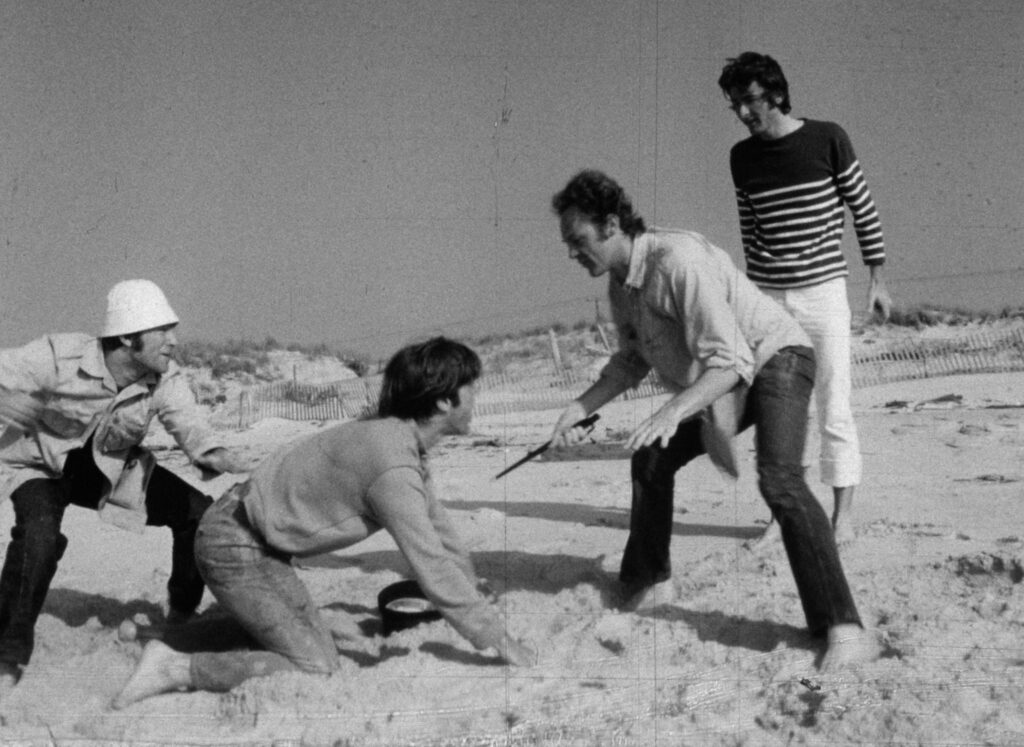
Barbara (1970) opens with a threesome on a beach at Fire Island. This sex scene, graphic for its time, is undercut by the audio that overlays it. As the images of sex unfold, so too does an interview with a group of students regarding the censorship of pornography. Together sound and image make the argument against the censorship of pornography and sex education. Although it is not a wholly original sequence or approach to this concept, the point is made quite effectively.
The scene described above is the first of only two scenes that articulate the overall message of the film Barbara. The second comes later in the form of an acid infused orgy. The other scenes that make up the ninety minute running time of Barbara re-hash the statement regarding sex and censorship. The lack of narrative economy in a film like Barbara is not uncommon. Many similar underground features feel padded with redundant scenes that ultimately dilute what could otherwise be a provocative exercise.
The once thought lost film Barbara is not known for its articulate messaging nor for any cinematographic innovation. Barbara is a film that is infamous for its extreme spectacles rooted in acts of sex. The film features a threesome between two men and a dog; a scene where two fisherman are forced to sixty-nine one another; a scene where a brother and sister have sex. These scenes push not only the boundaries of societal norms but the coherency of the film’s pro-first amendment message. The extreme nature of the film pushes its own leftist sensibilities so far that they enter the realm of self parody.
Barbara is exactly the kind of film that Brian De Palma’s Hi, Mom! (1970) lampoons. The scene in Barbara where a black man in Zulu garb brands the breasts of a woman with the name of her college, Bryn Mawr, would fit right in the “Be Black Baby” sequence of Hi, Mom!. Barbara is a film so confident in its message and so enraptured with its quasi avant-garde techniques that it lacks any self-awareness at all. Filmmaker Walter Burns gives the viewer much to think about and a lot to look at but he never says much of anything with the film that could be mistaken for coherent.
